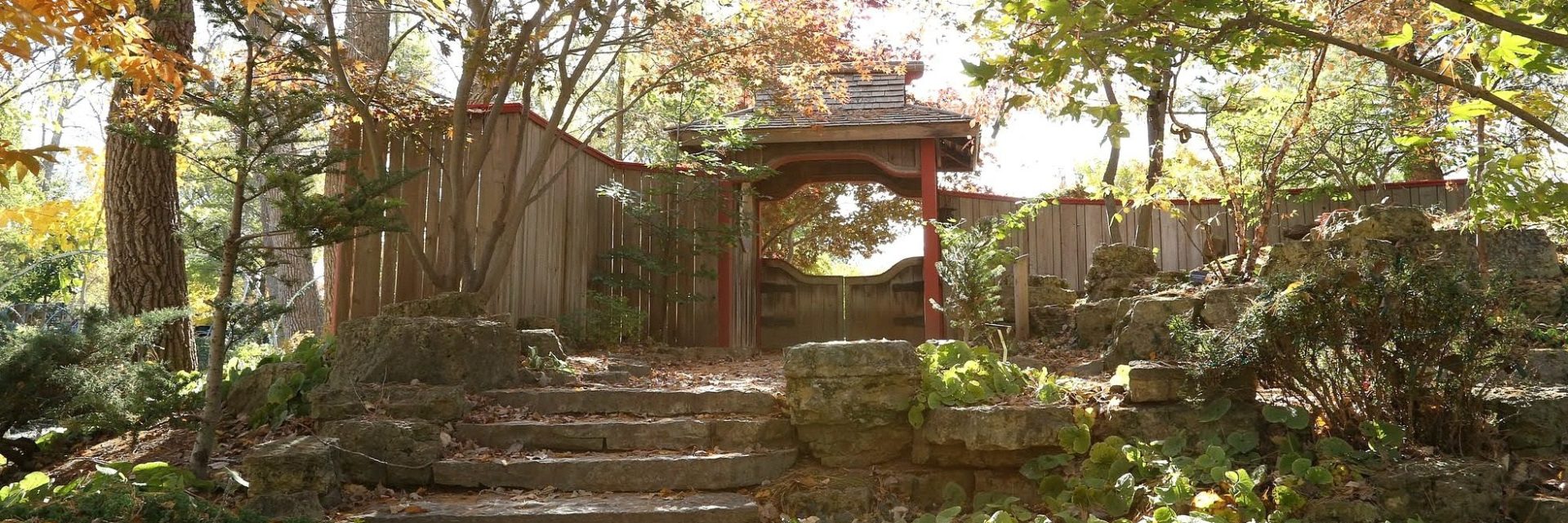
Today was another productive day with lots of meetings. Larry H. and Peg were at it again and spent many hours bringing in lights from the Holiday Lights Show set up out in the gardens. Urban was in to process more lights and Dr. Gredler came in for some painting on our garbage bins. Cindy helped with some office tasks including organizing more incoming seed orders and other deliveries. We’ll have to get our seeds to our growers in the next couple of weeks for sure. We had our Garden Development & Maintenance Committee Meeting this morning which included Christy, Christine, Gary, Big John, Iza, Cheryl and Larry. We talked a lot about this exciting year. I also met with Christy (UW-Rock County Extension), Chrissy (UW-Walworth County Extension) and Candace (University of Illinois Extension) regarding our September 1st Green Industry Field Day which should be a blast (more info to follow). We also saw Rollie, Mark S. and many others today.
I’m a big fan of annual celosias (Celosia sp.). In 2005, we displayed a collection of over 100 varieties which was a lot of fun. It was amazing to see such a wide range of options with such a heat tolerant annual. While great for flower form and bloom coloration, there are many with interesting foliage as well. The nomenclature is a bit confusing at times with lots of hybrids and new varieties each year. Generally speaking, celosias like full sun in decent soil with adequate watering. We’ve displayed the various “plume” types celosias (Celosia plumosa) and the “cockscomb” type celosias (Celosia cristata). However, I also enjoy the “wheat” celosias (Celosia spicata) which have such upright flower architecture out in the garden. Above is ‘Celway Terra Cotta’ which was a big hit last year and ended up almost 3′ tall. Some varieties will get sizeable in the 3′-4′ range while there are selections closer to 24″ and even shorter. Research your varieties for height and realize the massing these wheat celosias can offer some interesting color and texture. While many of these are hybrids, I consider them “wheat celosias” as they have some spicata heritage and very upright “wheat-like” blooms.
Today was busy with lots of volunteers arriving at the Horticulture Center this morning. Larry H., Dave T. (new grumpy), Alan M. and Peg headed out to bring in more lights from the Holiday Lights Show. The progress was made easier with some sunshine and above frigid temperatures. Urban was inside processing lights while Dr. Gredler did some painting. Terry and Marv installed some new shelving in the Horticulture Center with some help and Dick H. worked on some of our vehicles. Dave, Jim, Vern, Ron Y. and Bob K. all worked on a big carpentry project and are making great progress. Bill O. came in to help Larry later in the morning and Gary S. was in to run some errands. Jim, Stan and Karen M. had a meeting regarding some improvements in the Japanese garden and Kay helped process more seeds for the Spring Plant Sale (Mother’s Day weekend!). We also saw Rollie, Tom, Cheryl R. and many others today.
Over the past five years, we’ve enjoyed growing the popcorn cassia (Cassia didymobotrya). Also called popcorn senna and peanut butter plant, this tropical (native to Africa) thrives in our summer heat. This showy legume (Fabaceae) will get 20′ and taller in native ranges although for us, it will stretch up to 4-5′ in a season. We usually plant them at 18″ tall and they will add another 3′-5′ in height depending on how the summer goes. Adequate watering, decent soils and occasional fertilizer are all very helpful as well. The photo above shows the beautiful blue green foliage of popcorn plant as well as the architectural blooms which attract both bees and butterflies. The blooms are profuse in July and will continue well in to September and all the way until the first hard frost. We donated a plant to a school garden (see below) and the kids seem to be enjoying the scent. I think the flowers smell like buttered popcorn although others say they detect peanut butter…? Regardless, rubbing the flowers and foliage will create an interesting sensory experience. We plant about 50 of these each year and while we have dabbled with different ways of storing them over the winter, we have been unsuccessful. It’s a fun plant to photograph as seen in these many images.
It was fairly cold out today with sub-zero wind chill temperatures this morning. Larry H. braved the cold and headed out to retrieve more lights. We had quite a crew inside with Marv, Terry and Urban processing lights and Dr. Gredler painting. Vern, Dave, Jim, Ron Y. and Bob K. continued progress on their carpentry project which is significant. Gary made some of our first new labels for 2015. Del helped with some odds and ends and Bill O. came in to help Larry out later in the morning. Pat R. and Pat C. helped Janice with some office work this morning and we also saw Rollie, Cheryl R. (new Director) and many others today. I ordered seeds and continue to work on a wide range of projects.